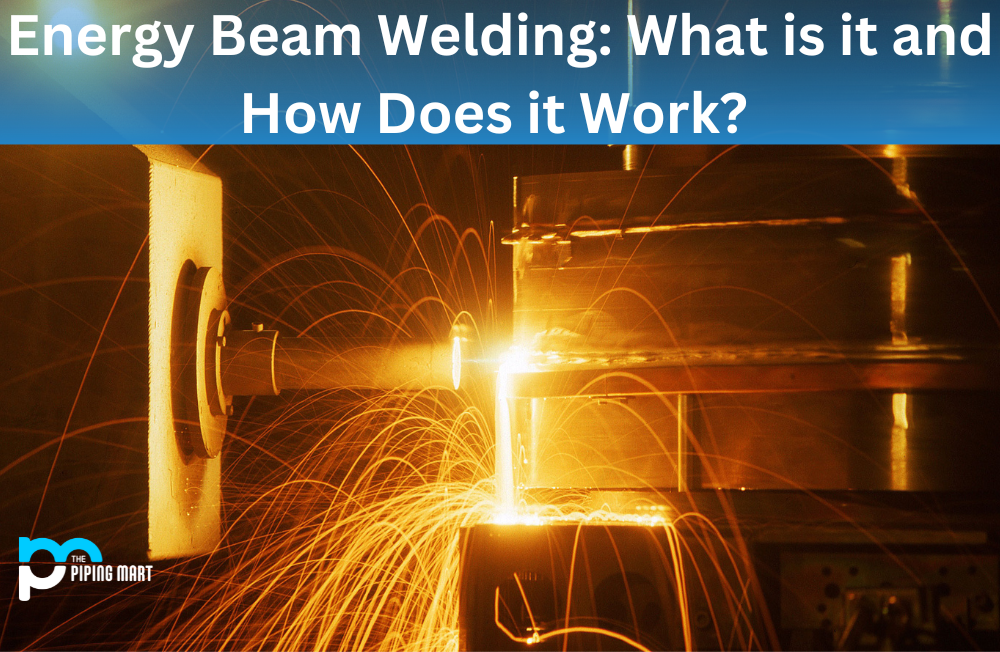If you’re in the manufacturing industry, you already know that welding is essential in creating strong connections between parts. When it comes to welding, there are two types of welds commonly used: girth welds and seam welds. In this blog post, we’ll break down the differences between them so you can decide when to select the correct type of weld for your project.
What is a Girth Weld?
A girth weld welds around a pipe, tube, or vessel to create a stronger connection than possible with a single-pass seam weld. This type of weld provides more stability than other methods because it completely encases the joint in metal. This makes girth welds ideal for durability and strength applications, such as pipelines and pressure vessels. The main disadvantage of girth welds is that they are more labour-intensive than other types of welding. They require multiple passes and must be done by experienced professionals who understand how to apply for each access properly. Furthermore, girth welds are only sometimes suitable for some applications because they often require custom tooling and additional equipment.
What is a Seam Weld?
Seam welding is a process that uses heat to bond two pieces of metal together along their lengthwise edge or “seam”. It requires one continuous pass over the joint, which reduces labour costs since there isn’t any need for multiple passes like girth welding requires. Seam welding also offers incredible speed since it only requires one pass compared to various passes for girth welding. Additionally, seam welding does not require custom tooling or additional equipment, making it easier to set up than girth welding, which often requires specialized tools and equipment for its setup.
Difference Between Girth Welds and Seam Welds
- A girth weld is a type of weld made around the circumference of a pipe or tube.
- A seam weld is a type of weld made along a seam’s length.
- Girth welds are stronger than seam welds because they have more area in contact with the joined material.
- Seam welds are less likely to leak than girth welds because they have less area in contact with the material being joined.
- Girth welds are more challenging than seam welds because they require special equipment.
- Seam welds are more common than girth welds because they are easier to make.
Conclusion:
Girth and seam welding offer different benefits depending on the application requirements. Girth welds are ideal when strength and durability are required, while seam welds are better suited for applications where speed and cost savings matter most. With that said, no matter which type of weld you choose, make sure you hire experienced professionals who have experience with both types of welding so they can help ensure your project goes smoothly from start to finish!
Sakshee is a talented blogger, with a particular focus on the Business and Metal Industry. She is passionate about sharing her insights on various metal products and helping professionals to make a better decisions.




